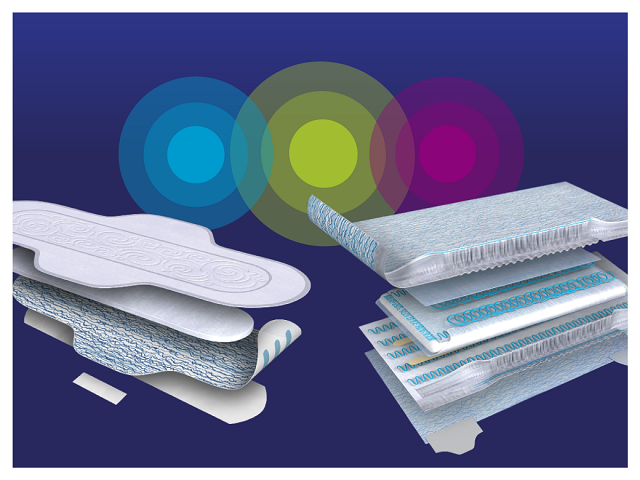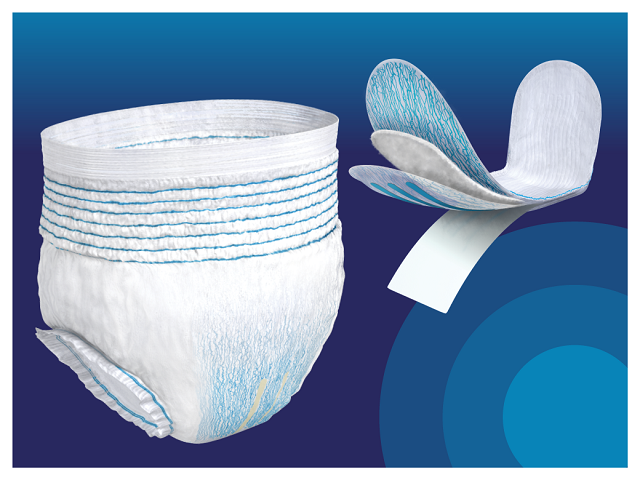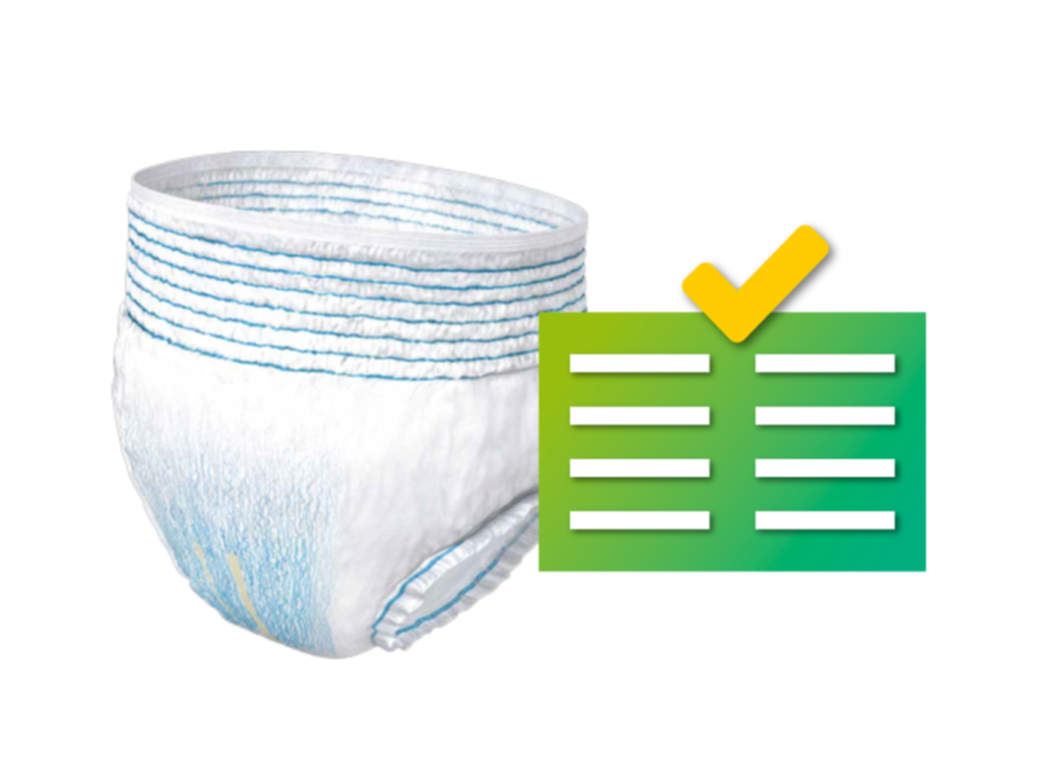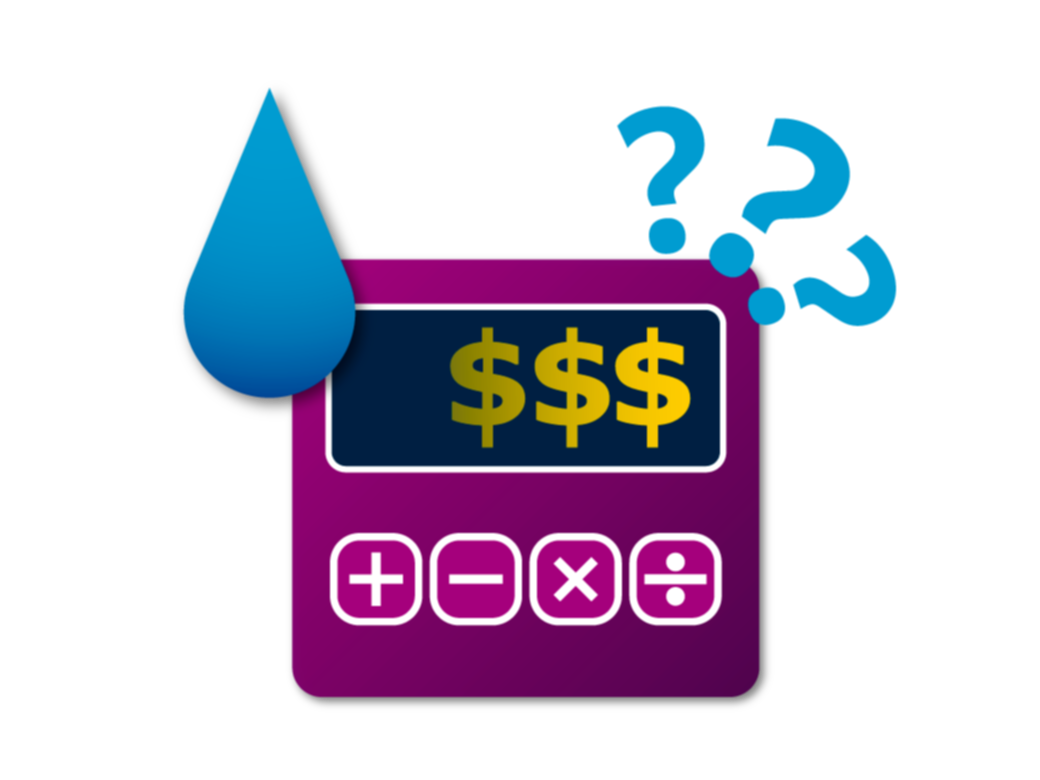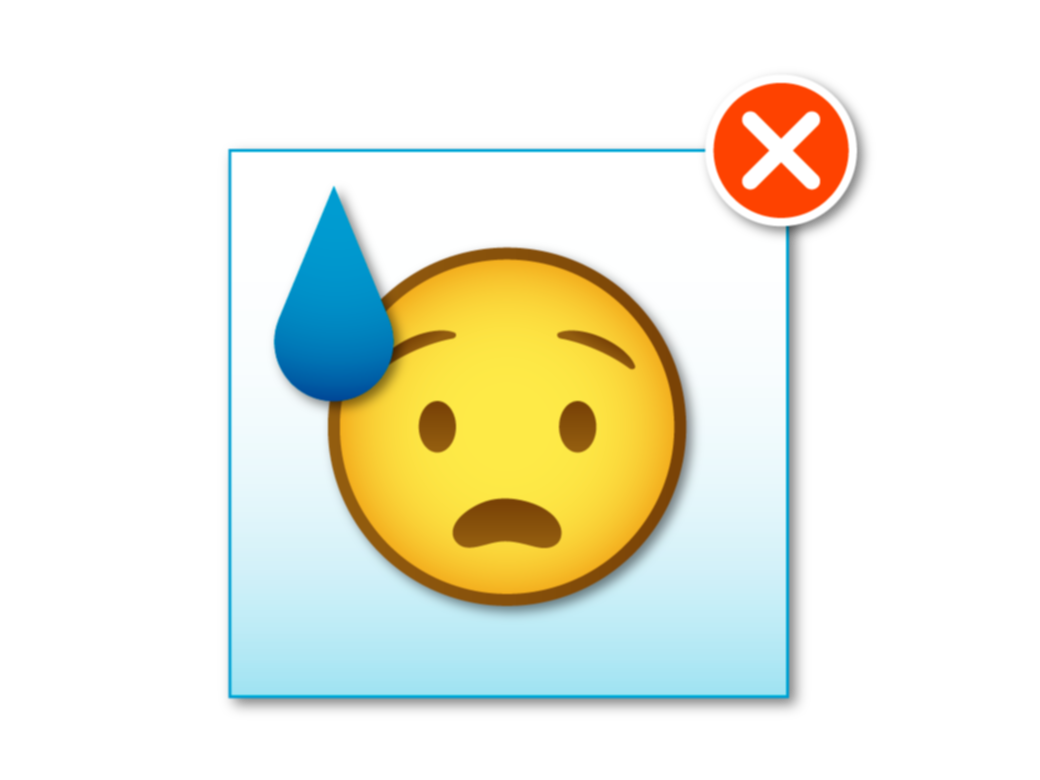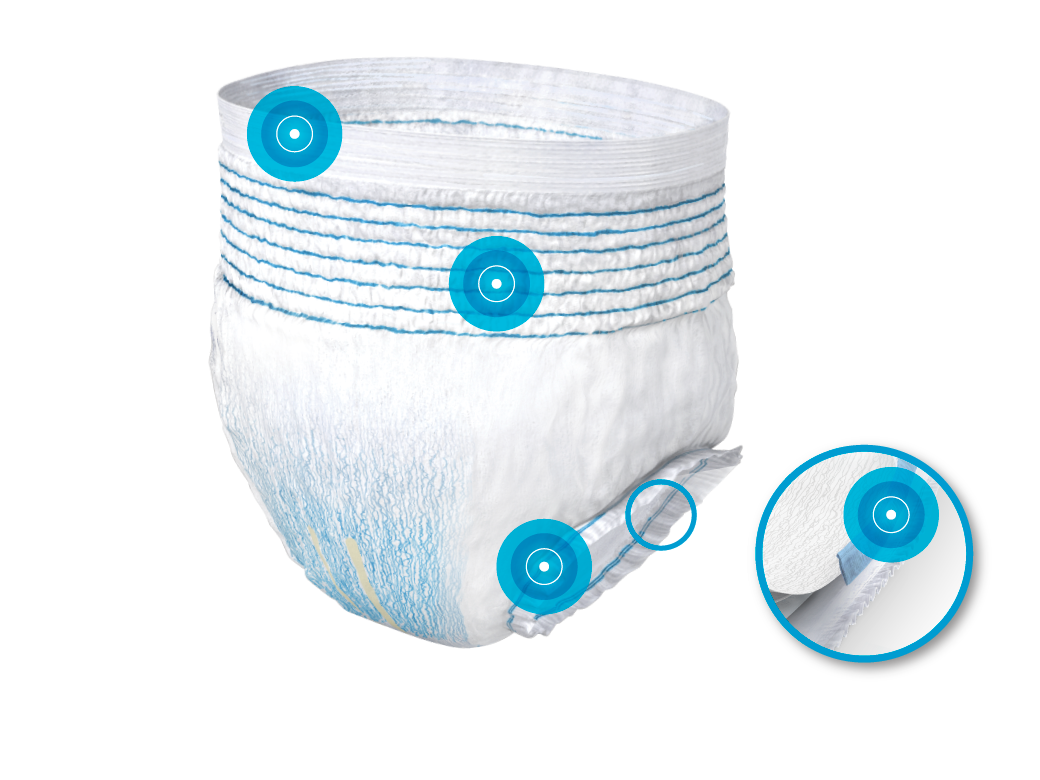Adult Incontinence: A Growing Concern for Governments
With cases of adult incontinence on the rise, governments around the world are assessing the impact. They are acknowledging the significant toll this condition can have on their citizens, healthcare systems, and economy. Many are taking steps today toward improving incontinence care in order to achieve more positive outcomes for tomorrow.
Understanding the impact of adult incontinence
While incontinence can occur for a number of reasons, it is quite often a symptom of natural aging. As the world’s aging population continues to grow, some governments are preparing for:
- Increased healthcare needs and costs to care for incontinence and treat underlying causes
- The need for more trained caregivers and healthcare professionals, making education requirements and workforce development critical issues
- Overcrowding in hospital and nursing home settings, which creates a greater need for in-home care, patient education, and self-care training
- Quality of life concerns due to the feelings of shame and embarrassment often associated with the condition
Some governments are also becoming more involved in the production of incontinence products. They are doing this through collaborative efforts with manufacturers, medical professionals, and advocacy groups. Together, they are defining performance levels and working toward improving product quality and affordability.
Helping consumers manage costs
Many variables come into play with regards to government assistance, subsidies, and reimbursements for incontinence products. A quick look at market data shows that 80% of adult incontinence products are consumed in mature, wealthier regions. Most of the countries, if not every country, that offers some type of reimbursement system for absorbent adult incontinence products are in these regions. Let’s take a closer look at a few of them:
United Kingdom
Absorbent products for adult incontinence in the UK are available for full or partial reimbursement through the National Health Service (NHS). This allows the NHS the unique ability to regulate the quantity and quality of the absorbent products distributed to incontinent adults. Eligible individuals who use incontinence pants and pads can receive these products at no cost, as these items do not fall under the responsibility of the UK’s drug tariff system.
United States
The majority of absorbent products for adult incontinence are sold to consumers through traditional retail channels with no prescription required and no payment assistance available. Incontinent adults who qualify for Medicaid, however, may be eligible to have a small percentage of the cost for at-home disposable hygiene supplies covered through the health program. It is important to note that each individual U.S. state has the ability to decide whether or not to participate in the Medicaid health program.
Germany
It is estimated that 1.5 million people in Germany are insured and receive reimbursements through health insurance funds. Narrowing this segment down to those who are living with and are being treated for lack of bowel or bladder control, only 0.2% of the total expenditure of health insurances is allocated to incontinence products such as pads, briefs, or pants. These covered articles tend to be low-price products that also have low-performance levels with regards to leak protection and keeping the wearer dry.
Australia
Driven by the need to educate the public about incontinence, the National Continence Program was introduced by the Australian government to:
- Increase awareness of the condition
- Improve and promote access to quality incontinence care
- Tailor care to the needs of those living with incontinence
Alongside the National Continence Program is the Continence Aids Payment Scheme (CAPS). This government program is designed to provide financial assistance to those with permanent and severe incontinence. Once eligibility requirements are met, individuals with incontinence can receive an annual payment, made via Medicare, to assist with purchasing products. Additionally, Australia’s individual states and territories also offer financial assistance programs similar to CAPS, but the eligibility requirements, level of coverage and funding tend to vary.
In terms of future evolution, the general trend in mature regions is moving toward reducing deficits and looking more closely at health coverage spending. Unless strong lobbying is involved, it is likely that absorbent products for adult incontinence will continue to be considered a lower priority when compared to other health needs.
When looking at emerging countries where health systems are still developing, incontinence care is not a major area of focus. There are some exceptions. For example, the Brazilian government includes incontinence products on its list of drugs and devices that are eligible for partial reimbursement. This is offered only to elderly people on a limited-quantity prescription basis when supplied by approved pharmacies.
Even though incontinence may not be a major priority at the moment for many governments, they do recognize the importance of advocating for the condition.
Advocating for improvement
New parents can roughly estimate the number of diapers their babies will need from birth through toilet training. However, calculating the quantity and the cost of adult incontinence products is much more complex. Adult incontinence can last months, years, and even decades. With the uncertainty around duration of use and the frequency at which products will need to be changed, some sufferers are at risk of purchasing poor-quality incontinence products and experiencing insufficient care management. While this approach is expected to save money, it can in fact come at a hefty cost. For example:
An elderly adult on a fixed income may use a lower-cost product that does not provide adequate absorption for their type of incontinence. If this individual struggles to change soiled products because they have a loss in strength due to natural aging or arthritis, they may be at risk of developing skin irritations and infections. The individual’s lack of bladder or bowel control and inability to easily care for and conceal their incontinence can also negatively impact their emotional wellbeing. As a result, quality of life concerns can arise due to loss of dignity and self-worth.
To help protect aging citizens from this chain-reaction scenario, many governments are partnering with manufacturers and reputable consumer advocacy groups to establish and promote health guidelines, tools, and resources. Notable advocates include, but are not limited to:
- National Association for Continence
- Association for Continence Advice
- Absorbent Hygiene Product Manufacturers Association
- The Simon Foundation for Continence
- Continence Foundation of Australia
- Japan Continence Action Society
- International Continence Society
Through advocacy efforts, governments can also increase awareness of incontinence and help change the mindset of how people view the condition in general.
